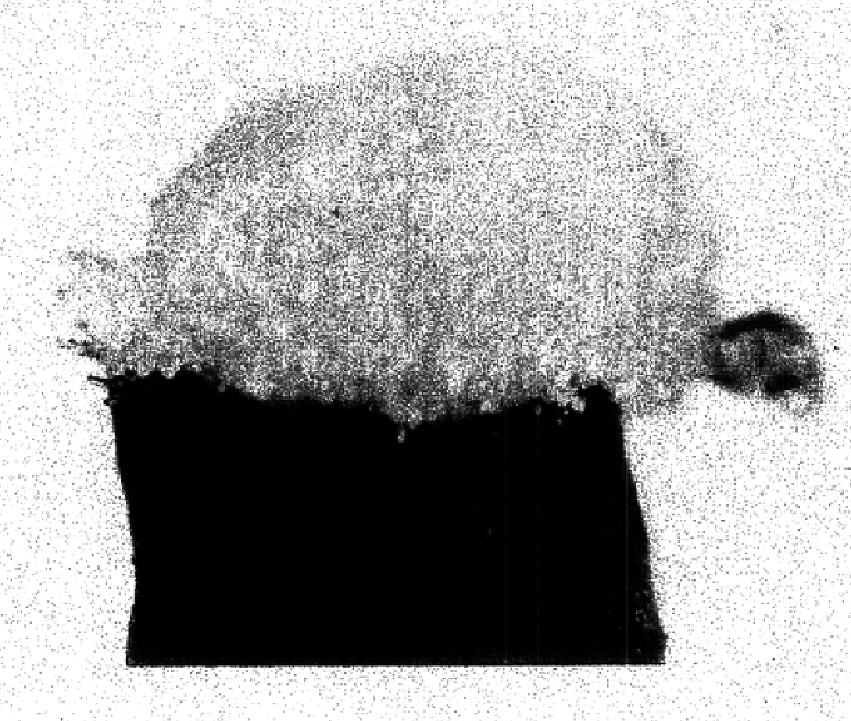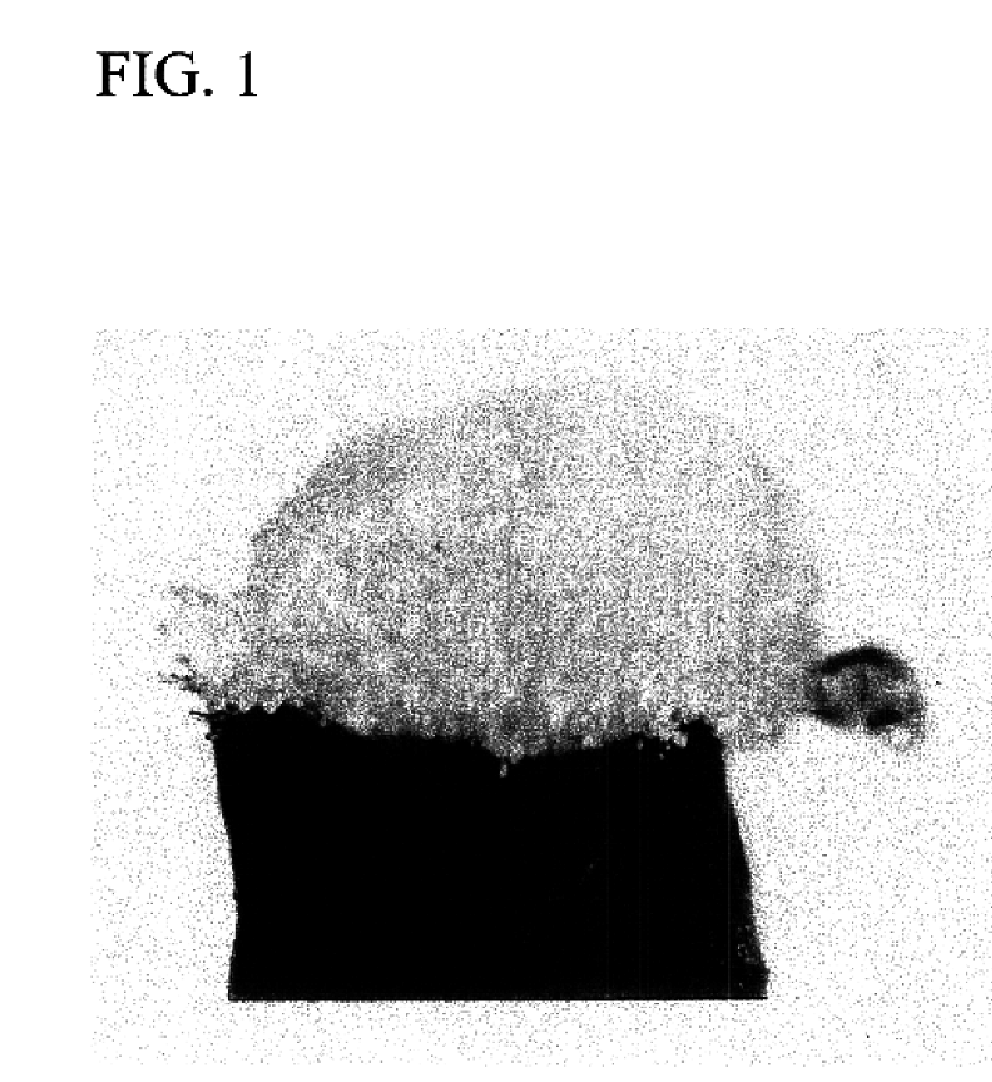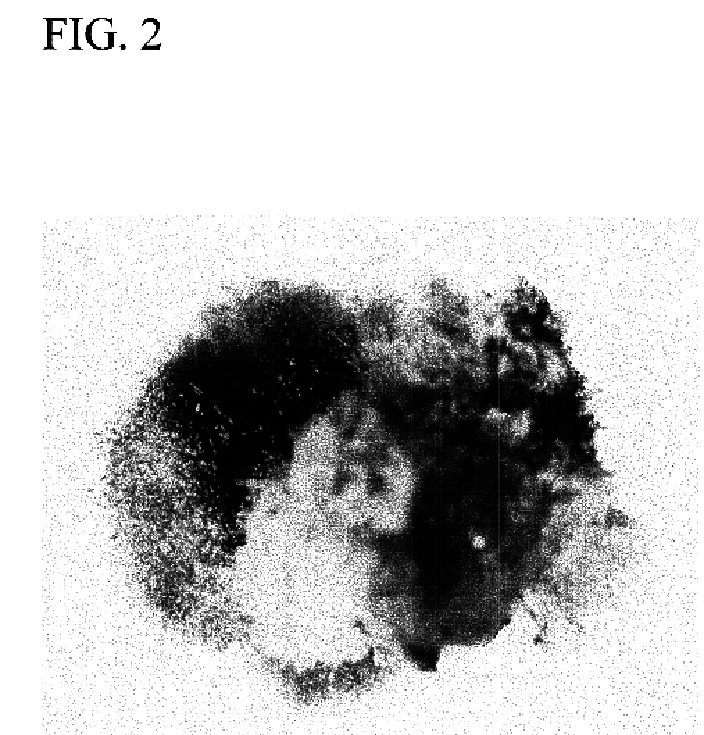Process for cultivation of algae
- Summary
- Abstract
- Description
- Claims
- Application Information
AI Technical Summary
Benefits of technology
Problems solved by technology
Method used
Image
Examples
example 1
Preparation of Axenic Explants
To develop an axenic, viable and unialgal material for tissue culture, selective fragments (just below the apical portions with 4-5 mm diameter stem) of about 5 cm length were chosen from the thallus of Eucheuma striatum (=Kappaphycus alvarezii) collected from the cultivation farm. Prior to initiation of experiments, the plants were acclimatized to laboratory conditions by growing in PES enriched seawater medium in aerated flasks under cool-white fluorescent lamps at 20 μmol photon m−2s−1 irradiance with a 12:12 light:dark cycle for ten days. During the acclimatization period the media in the flasks was replenished twice at five day period. After acclimatization, first, the fragments were extensively cleaned with a brush under microscope in an autoclaved filtered seawater (sterilised seawater) to remove any surface contaminants and subsequently treated in sequence in sterilised seawater with 0.1% domestic liquid detergent for 10 min, 1% povidine iodine ...
example 2
Callus Induction in Axenic Explants
Callus induction was carried out in axenic materials obtained by following the method described in Example 1. First, the plant material to be used for callus induction was thoroughly cleaned with sterilised seawater to remove any traces of antibiotics, and cut into 5 mm length explants and blotted with sterile filter papers to remove moisture as well as mucilage that exude from the cut ends which might some times become a source of microbial contamination even after a month of explant culture. All the explants were grown on 1.5% agar plates prepared with PES medium for about a month at 23° C. under cool white fluorescent lights at 25 μmol photon m−2s−1 irradiance with a 12:12 light and dark cycle. The callus induction was observed during the first two weeks of culture. After 50 days, the proliferated filamentous branched callus (FIG. 1) was excised from the plants and subcultured separately on fresh agar plates under similar conditions, except ligh...
example 3
Somatic Embryogenesis and Clonal Propagation
The production of micro-propagules clonally through somatic embryogenesis of pigmented callus of Eucheuma has been carried out. The somatic embryogenesis and micro-propagule production may be enhanced by subculturing thin section of pigmented filamentous callus blocks (2 mm×3 mm×2 mm) in 3 mm thick agar plates (0.4% agar) with PES medium as embedded cultures at 23° C. under cool white fluorescent fights at 50 μmol photon m−2s−1 irradiance with a 12:12 light and dark cycle. The callus blocks implanted in an agar medium grew rapidly in one month and formed colored spots in an agar with abundantly growing branched pigmented filamentous callus. The newly regenerated filamentous callus from blocks eventually transformed to produce densely pigmented (dark brown colour) micro-colonies similar to somatic embryos (FIG. 6) on branches of some pigmented filamentous callus.
PUM
| Property | Measurement | Unit |
|---|---|---|
| temperature | aaaaa | aaaaa |
| diameter | aaaaa | aaaaa |
| diameter | aaaaa | aaaaa |
Abstract
Description
Claims
Application Information
 Login to View More
Login to View More - R&D
- Intellectual Property
- Life Sciences
- Materials
- Tech Scout
- Unparalleled Data Quality
- Higher Quality Content
- 60% Fewer Hallucinations
Browse by: Latest US Patents, China's latest patents, Technical Efficacy Thesaurus, Application Domain, Technology Topic, Popular Technical Reports.
© 2025 PatSnap. All rights reserved.Legal|Privacy policy|Modern Slavery Act Transparency Statement|Sitemap|About US| Contact US: help@patsnap.com



